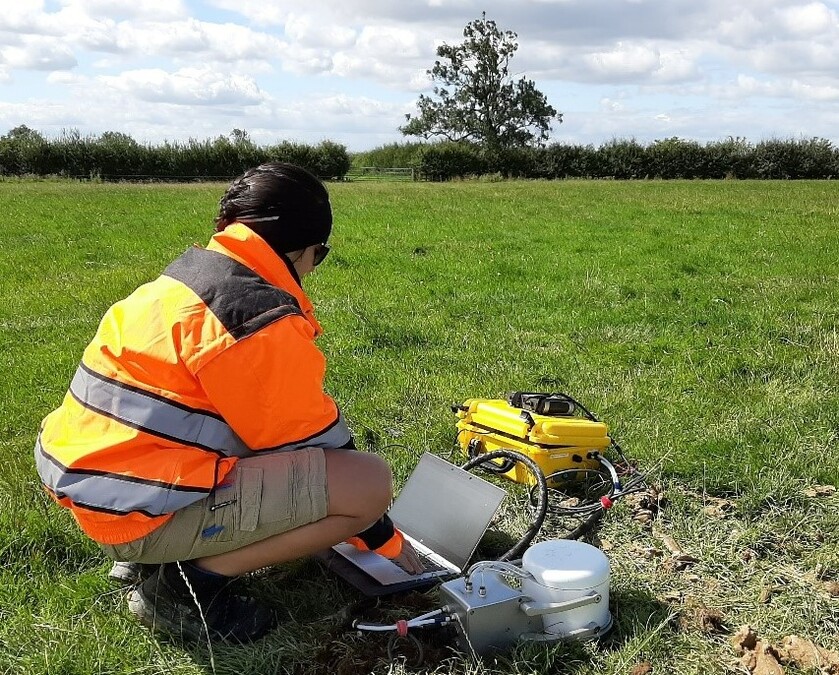Published:

There is no evidence to suggest that England's decommissioned oil and gas wells are leaking methane into the environment, according to a new study by Heriot-Watt University.
Dr Aaron Cahill from Heriot-Watt's Lyell Centre, a strategic partnership between Heriot-Watt and the British Geological Survey, says his findings, published in International Journal of Greenhouse Gas Control, should be “reassuring” to the public and regulators.
There are over 2000 onshore oil and gas wells in England, around 1700 of which have been decommissioned.
When decommissioned, the wells are plugged with cement, then cut and capped two metres below the ground and buried. The land is returned to use for grazing or farming. They are not typically checked afterwards for leakage.
A 2016 study by another university visited over 100 decommissioned wells in England. It suggested that 30 percent were leaking methane, a potent greenhouse gas, into their surrounding environment.
Cahill says his research brings these results into question. None of the wells he examined in more detail was leaking methane.
He also found the soil the wells were buried in would typically stop gas from escaping and potentially make it almost undetectable at the surface in any case.
Cahill said: “We revisited four of the wells that a previous study suggested were leaking, including those suggested as releasing the most methane.
“We drilled 1-2m holes to get closer to the wellhead, and used soil gas samples and a flux chamber to detect any methane and how much might be flowing into the soils and air. The previous study took measurements only at the surface.
“Our evaluation was much more intrusive and we got much closer to the wellhead, but found no evidence of methane leakage from the decommissioned wells.
“We also characterized the soil these wells are buried in. It's mostly clay, which is prevalent across England.
“Gas and liquid don't flow freely through clay-rich soils. So even if there were leaks, the clay forms a pretty effective barrier to stop methane escaping into the surrounding environment.
Cahill said just because there aren't leaks now doesn't mean there won't be in the future.
“Decommissioned wells will be below our landscape for centuries to come. They might not be leaking now, but they could in future. In the USA and Canada, some wells have been found to be leaking.
“We need a standardised method of checking these wells for methane leaks and a plan for stewardship of this legacy infrastructure from our net positive past.
“Our more detailed approach would be a good starting point.”
“Methane is a powerful greenhouse gas and there are more than six million oil and gas wells worldwide. We need to understand what happens to them in the long term, including how many might leak, how much and why. At the minute we simply don't know and will need to figure this out if we are to reach net zero. ”
Read the full report. The research was carried out in partnership with the UK government's Environment Agency and supported by Heriot-Watt PhD student Paula Gonzalez.